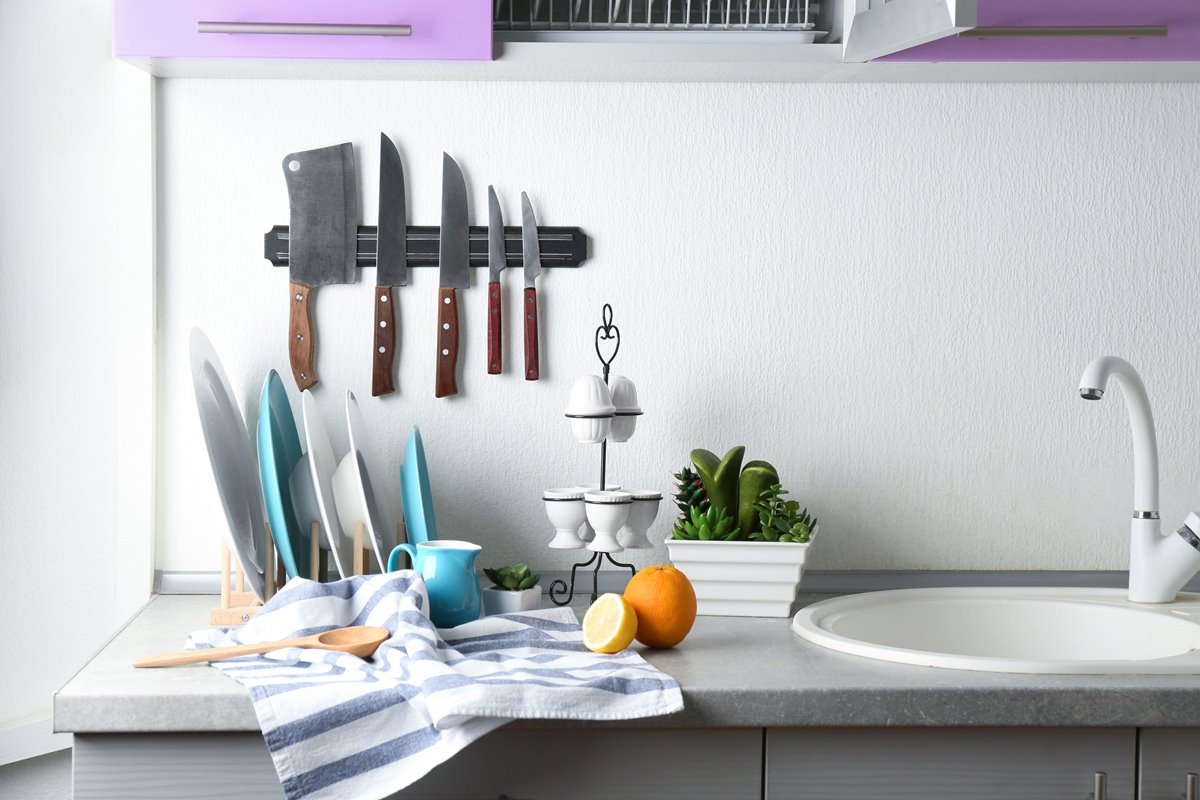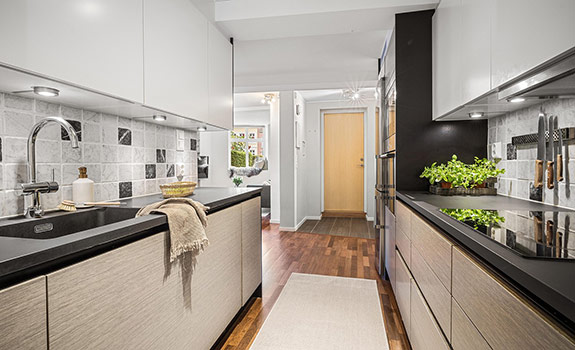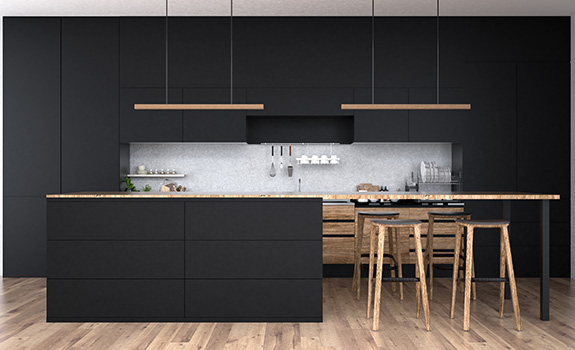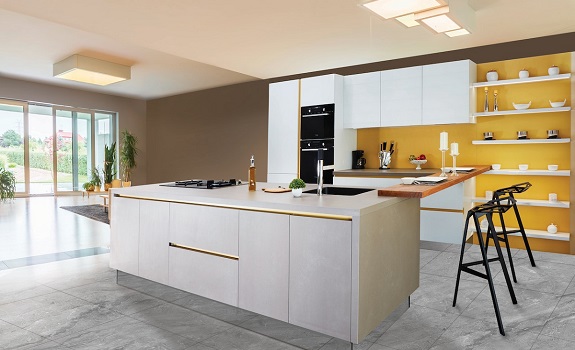There are several kinds of kitchen knives out there, although you won’t need all of them. So before investing in a collection of high-end blades only to later discover you only use a few of them, you should search for a collection that includes these five must-have knives or compile your own set by purchasing these blades individually.
Chef’s Knife
A classic chef’s knife is one of the most useful knives to have in your collection. A proper chef’s knife will transform your kitchen’s functionality instantly as an essential for every professional kitchen area. There are a few different variants available on the market, although an eight or ten-inch blade is usually best.
The longer edge of this classic essential kitchen knife makes it significantly more versatile and efficient to work with; the more blade, the more knife you have to handle the work for you. Once you have found a quality chef’s knife, be sure to invest in a whetstone or sharpening stone to keep your blades in pristine condition over the years.
Paring Knife
The average paring knife is about three and a half inches long, and it is perfect for preparing foods that require any detail. This type of blade is best used for mincing, slicing, hulling, and peeling. A chef’s knife would be much too large for these actions, so a paring knife genuinely does pick up where a chef’s blade leaves off.
Serrated Knife
A serrated knife, otherwise known as a bread knife, is most commonly used to slice bread. However, it has uses far beyond that in a kitchen. It is best to opt for a blade that is at least six inches long. This knife is best used for foods with a hard or waxy surface, such as bread, watermelons, pineapples, etc. Adding a quality serrated knife to your collection of kitchen blades is absolutely essential for a functional space.
Boning Knife
Its name gives away a boning knife’s function; it is used to de-bone foods such as fish, chicken, etc. A three-inch blade is ideal, and while most knives are designed to cut straight, a boning knife will give you more flexibility and efficiency when removing bones. However, a boning knife should never be used to cut through bones but rather to remove them. You can slice through cartilage and joints with ease.
Investing in Proper Knife Care
Once you have the essential knives to start your collection, you can add on with additional blades as you see fit. However, there are a few extras you will need to spend on to ensure you can maintain and care for your quality knives ideally. It would be a great shame to invest in high-end knives that have the potential to last a lifetime, only to have to replace them in a couple of years due to neglected maintenance.
You will need a sharpening stone, honing steel, and a knife block or a magnetic strip. It will also be worth your while to evaluate proper kitchen knife care guides to ensure you are treating your blades as well as you should be.
Published in: Kitchen | Author: Pete







